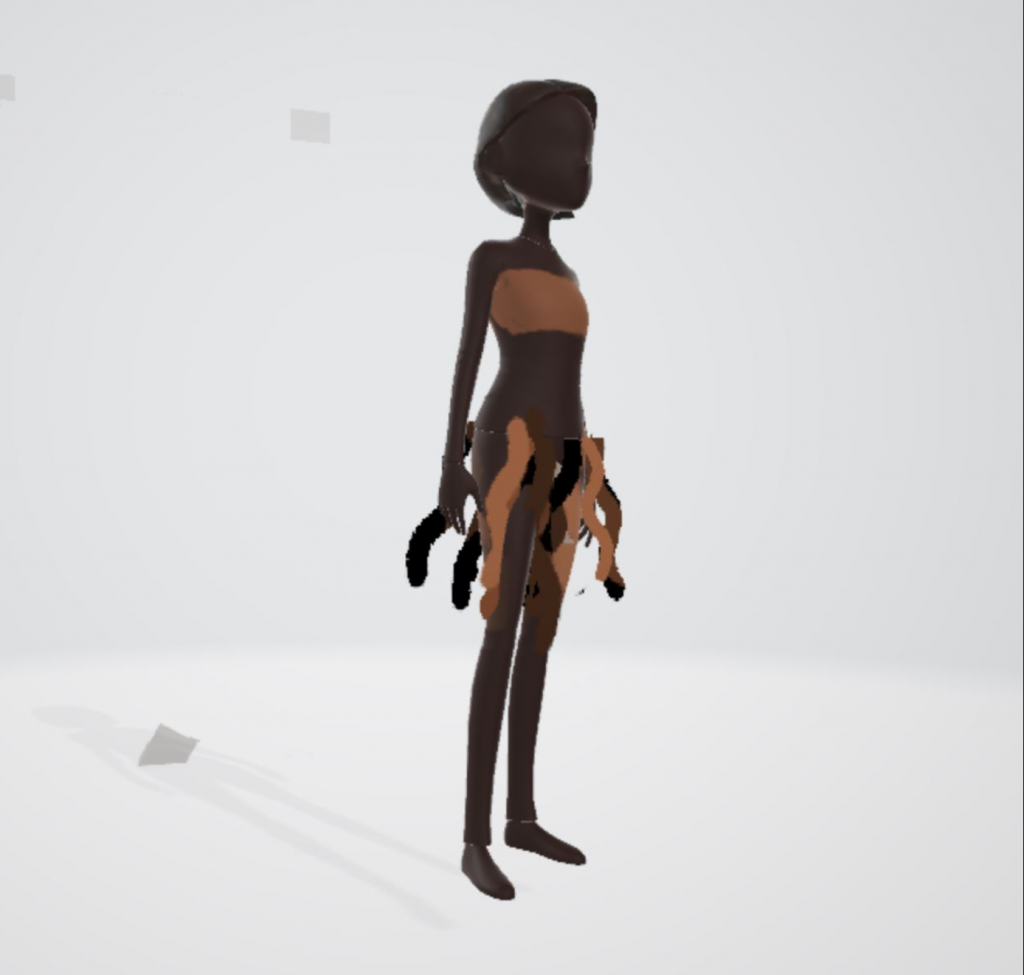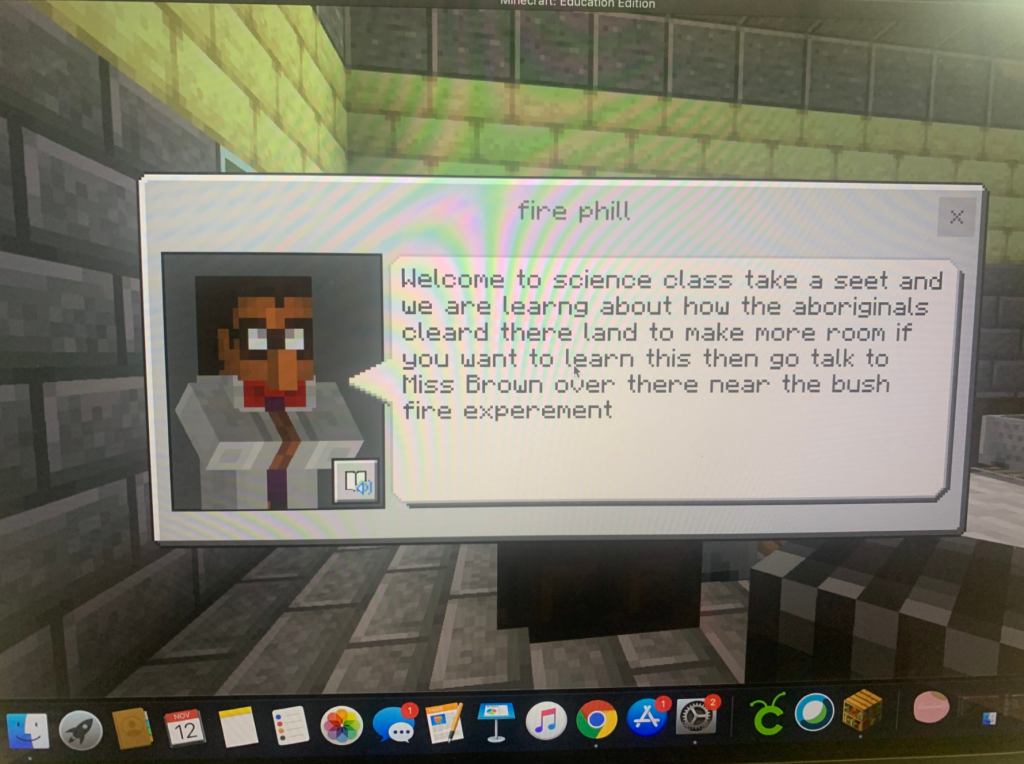NAIDOC week is Australia’s largest celebration of the history, culture and achievements of Aboriginal and Torres Strait Islander peoples. During the 2020 NAIDOC week, more than 1,000 Indigenous students in Years 3-8 from 31 schools around Australia took part in the first National NAIDOC Minecraft Education Challenge – bringing together the world’s oldest living cultures with the latest in 21st Century technology.
Anchored in this year’s National NAIDOC theme, ‘Always Was. Always Will Be’, the Challenge invites students to look back (Always was) by researching and learning about Indigenous knowledge, histories, and creation stories unique to their local area.
Supported by community Elders, teachers, and experts in Indigenous education, students were then encouraged to look forward (Always will be), and using Microsoft Paint 3D and Minecraft: Education Edition, they were asked to create mixed reality characters and Minecraft worlds, in response to the question: ‘How might we build sustainable schools, cities, towns or communities in 2030 using Indigenous science, technology, engineering, arts and maths?’
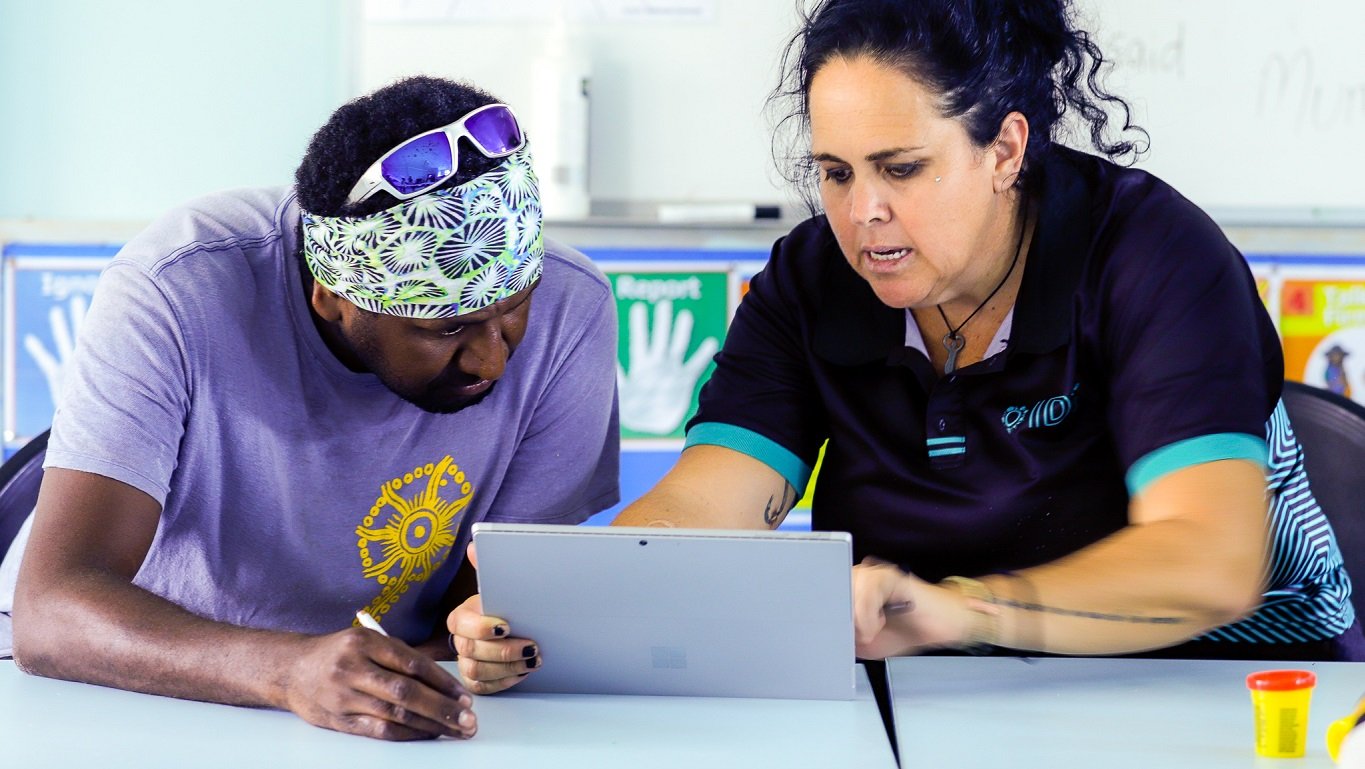
The results were exceptional, students collaborated on rich virtual Minecraft worlds, creating a futuristic interpretation of cultural knowledge, language and ways of knowing, being and doing.
Even after the Challenge itself has drawn to a close, the enthusiasm of students to continue to use technology to celebrate Indigenous culture, language and knowledge is undimmed.
The Minecraft Education Challenge is an initiative of Microsoft partner and Indigenous edu-tech company Indigital, and Indigenous Digital Excellence (IDX) – an initiative co-founded by the National Centre of Indigenous Excellence (NCIE) and the Telstra Foundation. The challenge has also been supported by the National Library of Australia, which has hosted part of the challenge, and Microsoft.
Indigital founder and CEO Mikaela Jade designed the initiative around NAIDOC’s 2020 theme – Always Was. Always Will Be.
John-Paul (JP) Janke, co-chair of the National NAIDOC Committee says that it is important to remember; “Aboriginal people were the first footprints on this country. The first astronomers, the first bakers, the first engineers. The first diplomat. The language is the first language of this country, so we wanted to say that that always was and always will be part of this history of this country.”
“NAIDOC was extremely honoured to be part of a wonderful partnership that engages the younger generation to celebrate their languages, customs, knowledge and ceremony using the most modern and exciting platforms and technologies.”
Students participating in the Challenge were encouraged to research and learn from Indigenous knowledge, history and creation stories in their local area. Using Microsoft Paint 3D and Minecraft: Education Edition, students then created mixed reality characters and a series of richly featured Minecraft worlds.
According to Jade; “Together, we can use digital technologies to express 80,000 years of human knowledge for generations to come and enable Indigenous and non-Indigenous kids to connect with and learn from Elders about cultural knowledge, history and language, while learning digital skills in cutting-edge technologies like augmented reality, animation and coding.”
The participating schools stretch as far north as Erub (Darnley Island) in the Eastern Torres Strait Islands, and as far south as Bruny Island in Tasmania.
NCIE Operations Manager John Leha says that the Challenge is particularly valuable as it helps Indigenous and Torres Strait Island students to develop the skills and knowledge needed for future success.
“The Challenge has allowed us to create a space where Indigenous and non-Indigenous young people can come together, create, explore and learn with technology, as well as connect with our cultures, and learn from those who have come before us,” he says.
Kayti Denham, Middle Years Teacher at Yirrkala Bilingual School says; “The NAIDOC Week Minecraft Challenge has been an intense learning curve for both the staff and students here in North East Arnhem land.
“On taking up the challenge our students have little familiarity with urban landscapes but strong connections to their homelands and the cultural stories that connect them to their long history with beautiful coastal environments.
“Technology challenges arrived in the form of unreliable internet and firewalls that cropped up like Minecraft Monsters, however the resilience of the students and their patience with something they wanted to achieve meant that they appeared early at school requesting to take on Minecraft Challenges and even asked to be excused from sport to continue designing their worlds.
What we were able to observe as teachers was the subtle learnings, the sequential following of English language instructions and the guided development of creative curiosity that contributes to the building of transferable skills and there was a real sense of ownership and pride when goals of both Maker’s Empire and Minecraft creation had been achieved,” says Denham.
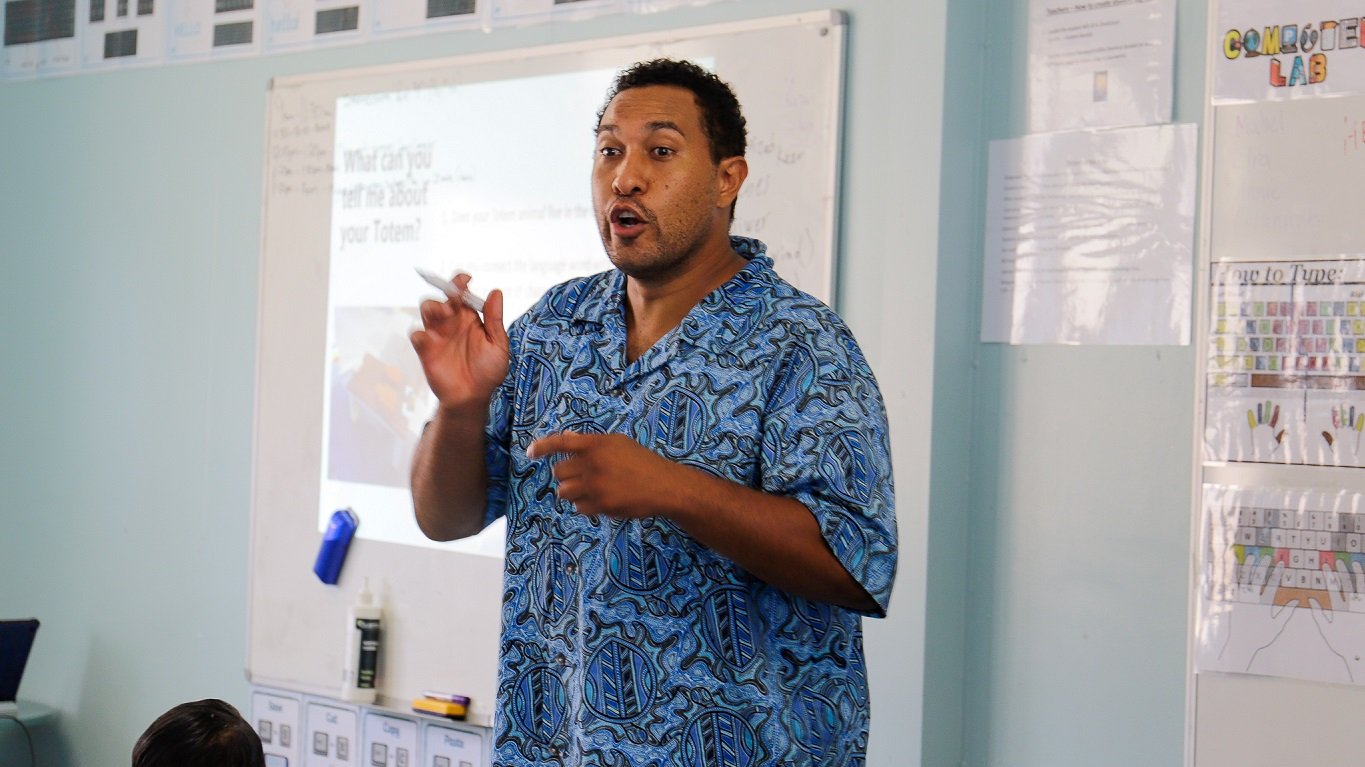
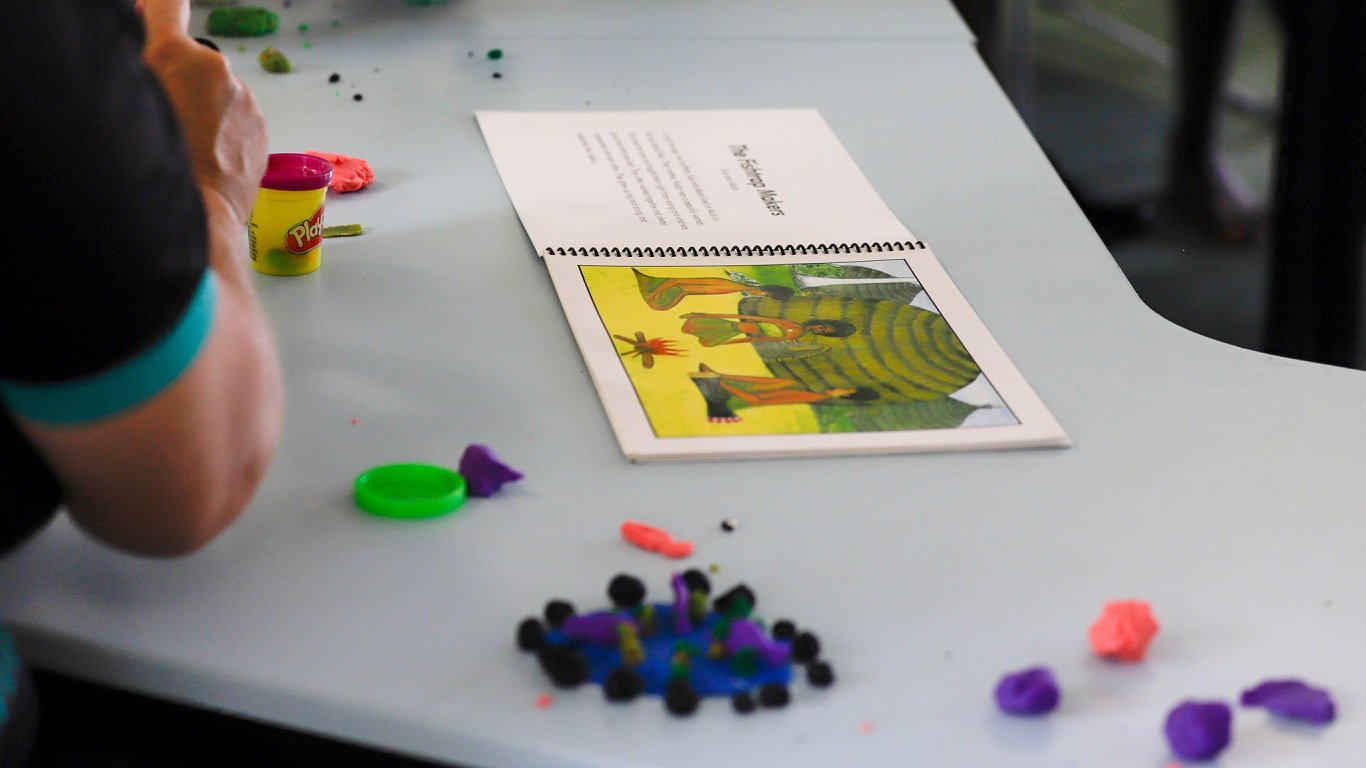
Shining a light on Indigenous knowledge
Located in the night sky, close to what we know as the Southern Cross, is Dhinawan, the emu. Unlike the Southern Cross, Dhinawan isn’t represented by a constellation of stars, but has its outline revealed by the stars. It is Dark Emu, and once it’s pointed out to you, it’s as clear as any other feature of the night sky. But you have to be shown.
Working with young students, Indigenous Elders have shared their knowledge, culture and language. Bruce Pascoe’s best-selling book, Young Dark Emu, has inspired lesson plans, with Elders augmenting the lessons’ impact by using a local lens to share local knowledge and stories with students.
Students then used the Indigenous insight, Minecraft: Education Edition and Paint 3D to create sustainable cities in Minecraft, incorporating Indigenous knowledge of food and water management, structural design, fire management, arts and language.
What truly sets this Challenge apart from other digital skills programs is the opportunity it creates for students learn about and explore their local Indigenous cultures, setting the foundation for the next generation of Australians to embrace Australia’s Indigenous culture.
Annie Butler a teacher from Plumpton Primary School says; “Honestly this has been the best program I have ever taught, the kids were screaming with excitement and their knowledge and research into indigenous ways of knowing, being and doing was incredible. The kids loved it and Indigital has been so helpful and supportive”.
According to Sam Ephraim from Kalkie State School; “I am having trouble getting the kids to leave the class to go to other subjects. it has been amazing to see the kids actively looking for more knowledge in both Indigenous and tech skills.
“The kids noticed it was hard to find information on Indigenous culture in their area so reached out to university lecturers and all kinds of people to find out why, we found out this was a meeting place and the river rocks held important cultural significance… the children were sad to learn these rocks were taken away to be displayed in museums and places like that. We focused on these rocks because it highlights how once culture is removed… it is lost”, says Ephraim Allison Matthews, Executive Producer, Minecraft Education, says that the opportunity to use digital technology alongside Indigenous knowledge aligns with Microsoft’s core strategy to empower every person on the planet to achieve more, and to ensure that no-one is left behind.
“The NAIDOC Minecraft Education Challenge is a beacon for the entire world as it reveals how it is possible to bring together Indigenous knowledge and modern technology, to engage children and accelerate their learning opportunities – and also to equip them with skills they will need when they leave school.”
“The Minecraft worlds and content that has been built as part of this first NAIDOC Minecraft Education Challenge provides a rich foundation for the future and for First Peoples around the world to use as a model to engage and inform their young people.“
According to Janke this is critically important for current and future generations of school students. “You know every day, I think back to when I was at school. And probably you’re the same. You know, we learned more about overseas cultures than we learned about Indigenous cultures. We learn more about the pyramids, but we had the first engineers on the planet here in this continent.”
He notes that the NAIDOC Minecraft Education Challenge, which brings together knowledge about the world’s oldest technology and modern, cutting edge technology; “Reshapes that narrative. And I think if we can do that as a nation, the future is endless.”
The Challenge has been carefully designed to support the development of critical 21st Century skills such as creativity, problem solving, research, collaboration and communication.
It aligns with the existing Indigital Schools Program – a proven platform for Indigenous engagement with technology practices that respects and values Indigenous Cultural Intellectual Property (ICIP), with lessons that are mapped to the National curriculum.
Jane Mackarell, K-12 Director, Microsoft Australia says that while this is the first year of the Challenge, the initiative has been designed to be sustainable.
“It’s tremendously important that Microsoft supports Indigenous-led initiatives that develop 21st century skills for all students. For these schools, accessing the Indigital platform, where students are engaged using cutting edge technologies alongside rich connections to culture – make this project unique.
“The program supporting the Challenge is also sustainable – encompassing curriculum that can be taught in schools nationally and ensuring that teachers and the community are involved and supported. We hope that by embedding this capability in Australian schools, generations of students will benefit from learning about the nation’s oldest living cultures while developing the skills that allow them to thrive in modern workplaces.”
Students at St Peter’s Primary School (NSW) designed and animated a numbat, which they named Maant Ngaagk (moon sun), that narrated the Minecraft world they had designed, explaining to visitors features of the landscape and the Indigenous knowledge that students had learned.
This brought together a diverse array of skills including communication, collaboration, coding and design thinking – demonstrating the deep engagement of students, and their grasp of both Indigenous learning and modern technology.
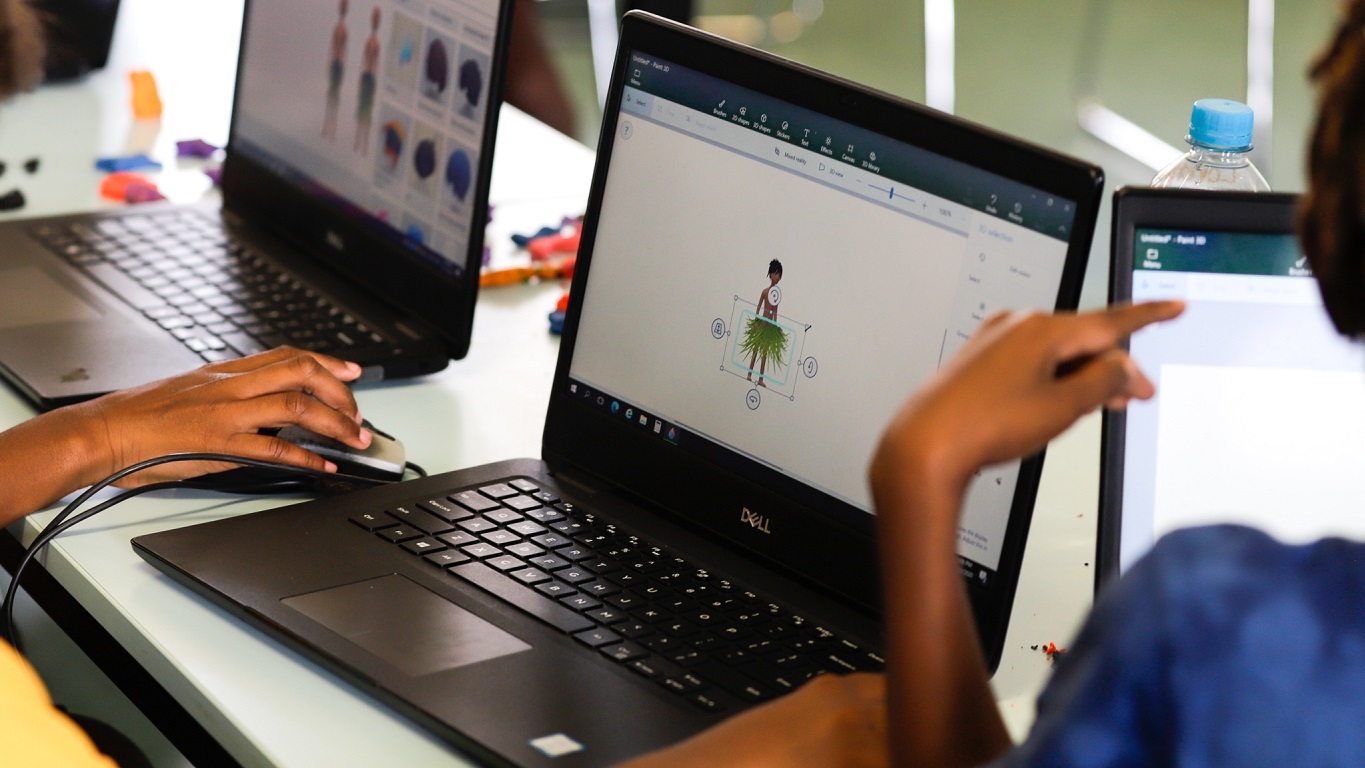
Working towards a brighter future
Indigital and IDX have been working in 31 rural, remote and urban communities all around Australia to provide training for teachers in schools engaged in the Challenge.
They have provided face to face training to remote communities including Erub (Darnley Island) and Eidsvold in QLD, and also online training to teachers in schools around Australia covering issues such as cultural storytelling, how to use the Paint3D program to create 3D mixed reality characters, Minecraft: Education Edition Training, access to the Indigital platform, how to record stories in language and create augmented reality from student’s work.
According to Jade; “Indigenous Australians make up approximately 3 per cent of the population, but are barely represented in the science, technology, engineering and mathematics workforce.
“As part of the challenge we ask participants to dream what a sustainable world would look like in 2030. By then – just ten years from now when these children become adults – we want to see more Aboriginal and Torres Strait Islander peoples studying, working and leading in STEM related fields.
“We believe that by developing culturally responsive curriculum and teaching approaches, integrating Indigenous knowledge, and developing community outreach, we can help establish real-life pathways to a job.
“There’s been enormous enthusiasm everywhere we have been – the kids have been coming early to school because they’re excited by the opportunity to learn more about their culture and then use technology to bring that to life. In the local communities there is enormous pride in what the children are achieving and the enduring impact this learning will have.”
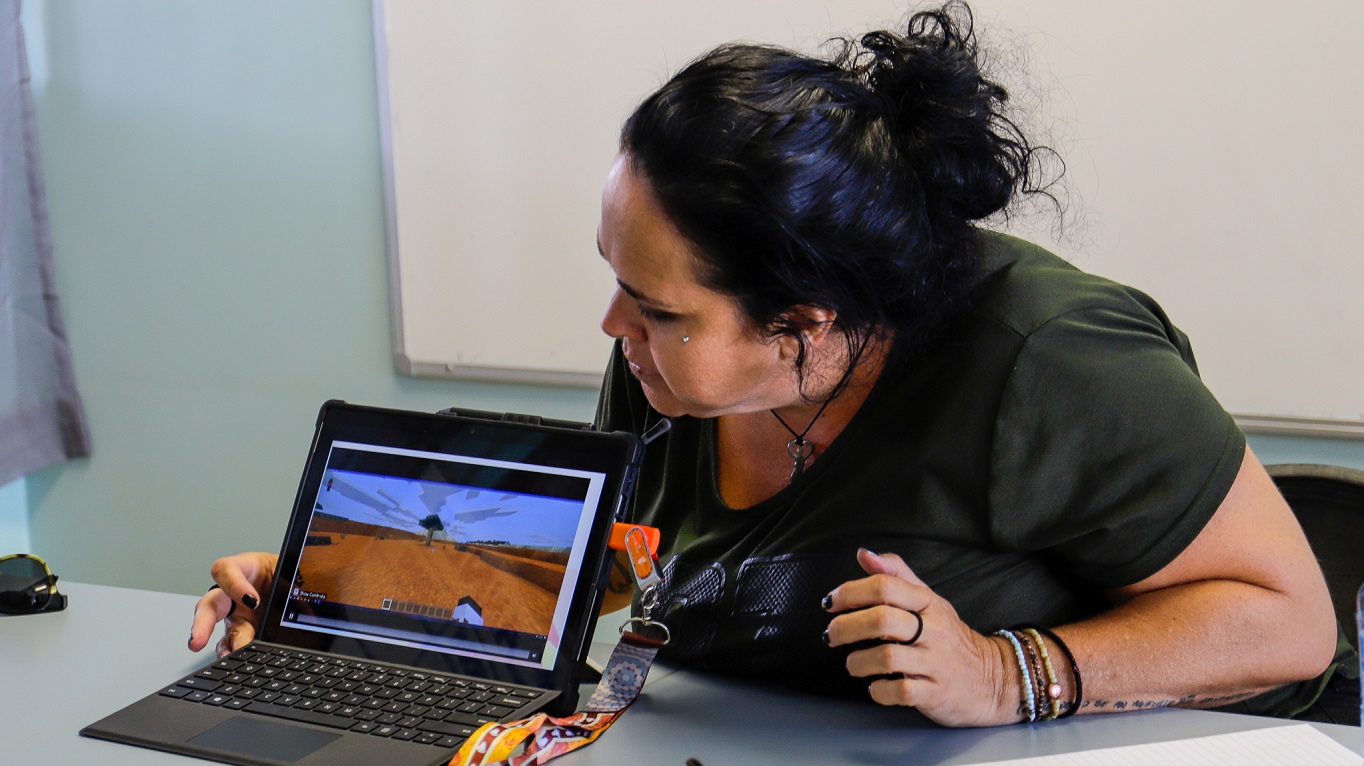
Tianji Dickens, Philanthropies Lead, Microsoft Australia adds that the enthusiasm of Elders has been vital to the success of the initiative. “It’s been incredible seeing the response from the Elders in the community. Elders are working with students to share their knowledge and apply it to new contexts in the future.
“We are also proud to be working with the NAIDOC committee who are so supportive of providing opportunities for communities to really celebrate their language and culture and history through technology. Microsoft is delighted to support this initiative in Australia, and to offer a foundation for similar ventures supporting First Peoples around the world.”
The schoolchildren participating in the Challenge developed STEM skills, honed 21st Century capabilities with Minecraft Education Edition combining with Paint 3D in a platform for creativity and problem solving. They learned from Elders and used that knowledge to create virtual worlds that offer a fresh vision of the future.
Minecraft Education Challenge Entries
The post Indigenous students mix traditional knowledge and modern technology to envisage a different world first appeared on Microsoft EDU.



